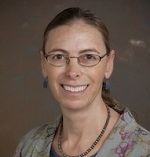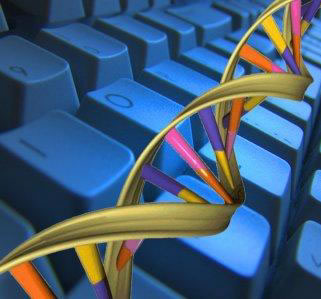|
|
 
We are happy to welcome two plenary speakers:

Gary Bader, University of Toronto: Computational Approaches to Identify Functional Genetic Variants in Cancer
Abstract:
Somatic mutations in cancer genomes include drivers that provide selective advantages to tumor cells and passengers present due to genome instability. Discovery of pan-cancer drivers will help characterize biological systems important in multiple cancers and lead to development of better therapies. Driver genes are most often identified by their recurrent mutations across tumor samples. However, some mutations are more important for protein function than others. Thus considering the location of mutations with respect to functional protein sites can predict their mechanisms of action and improve the sensitivity of driver gene detection. We've developed a number of computational methods and tools recently to identify significant mutations in signalling sites, such as phosphorylations and other post-translational modifications, as well as protein interaction sites bound by peptide recognition domains, such as SH3, WW and PDZ domains. These methods predict how protein interaction networks are rewired by mutations and how these may cause disease.
Biography:
Gary D. Bader works on biological network analysis and pathway information resources as an Associate Professor at The Donnelly Centre at the University of Toronto. He completed post-doctoral work in the group of Chris Sander in the Computational Biology Center (cBio) at Memorial Sloan-Kettering Cancer Center in New York. Gary developed the Biomolecular Interaction Network Database (BIND) during his Ph.D. in the lab of Christopher Hogue in the Department of Biochemistry at the University of Toronto and the Samuel Lunenfeld Research Institute at Mount Sinai Hospital in Toronto. He completed a B.Sc. in Biochemistry at McGill University in Montreal. See http://baderlab.org

Hagit Shatkay, University of Delaware: Uncommon Use of Common Data (in BioMedicine)
Abstract:
The current era of large-scale-high-throughput biology, is characterized by tremendous amounts of biomedical data. The challenge often discussed nowadays is that of translating the data into actual knowledge. As new types of high-throughput data e.g. sequence become available, new analysis methods are being sought and developed. However, the "old-fashioned", common data that is available in vast quantities, often remains under-utilized. In this talk I will discuss a few specific examples from recent/current projects in which we seek to develop computational tools that use common data, such as text, images and questionnaires, to possibly elicit new insight into problems within biology and medicine.
Biography:
Hagit Shatkay is an Associate Professor at the Dept. of Computer and Information Sciences, with cross-appointments at the Dept. of Biomedical Engineering, and at the Delaware Biotechnology Institute. Prior to joining the University of Delaware (2010) she was an Associate Professor and Director of the Computational Biology and Machine Learning Lab at Queen¹s University, Kingston, Ontario. Before moving to academia, she was an Informatics Research Scientist with the Informatics Research group of Celera Genomics, and a post-doctoral fellow at NCBI. She holds a PhD in Computer Science from Brown University, and an MSc and BSc in Computer Science from the Hebrew University of Jerusalem. Her research is focused on the development and the use of machine learning and data-mining methods for addressing data-intensive problems in biology and medicine. She has been among the first, leading researchers in the area of biological text mining, and has recently co-authored (with Dr. Mark Craven) the book ³Mining the Biomedical Literature² (MIT Press). She also works, along with her colleagues and graduate students, toward developing computational tools that can utilize data from diverse sources in order to gain better understanding of protein location and function, and to better identify/predict certain medical conditions and disease.
|



